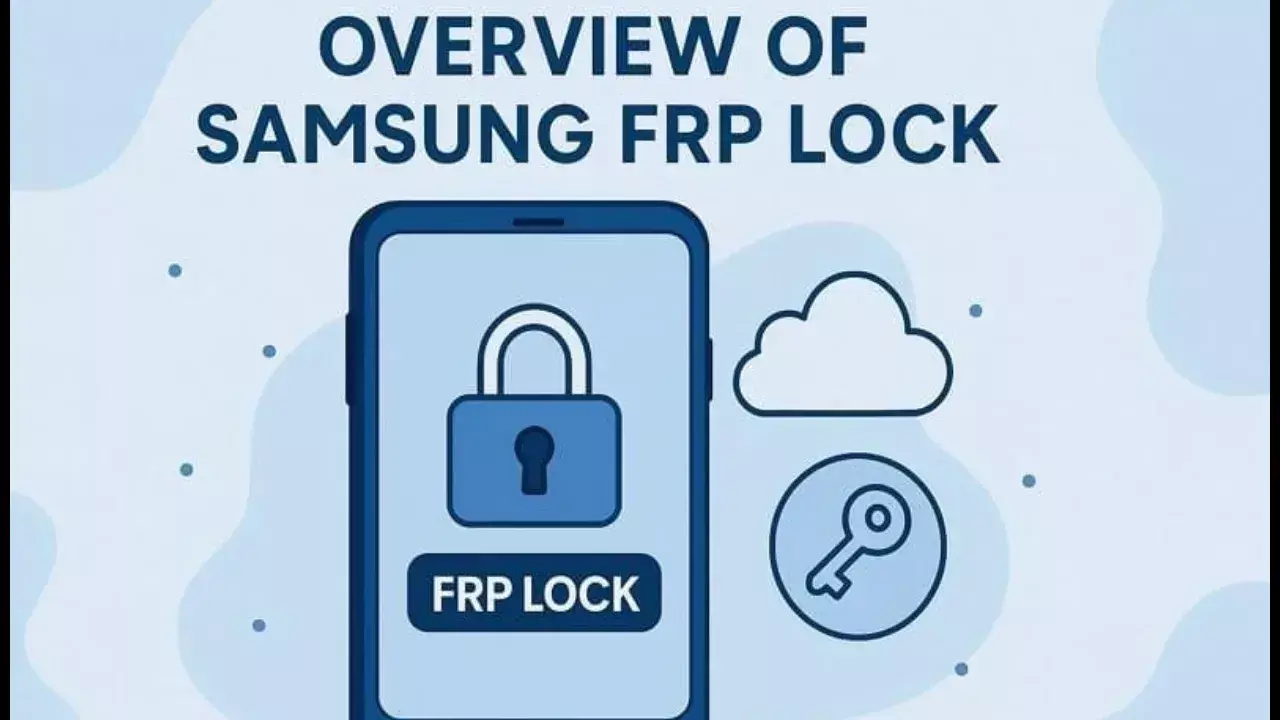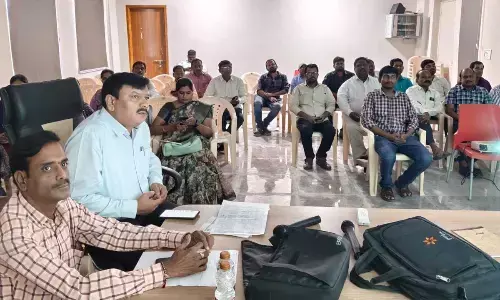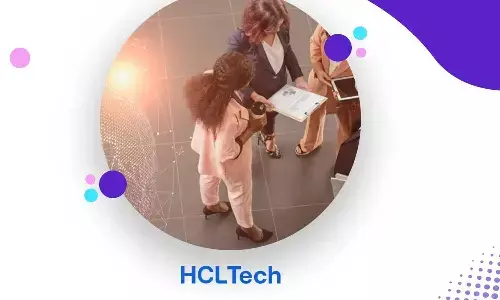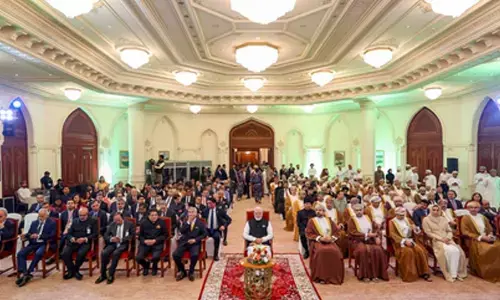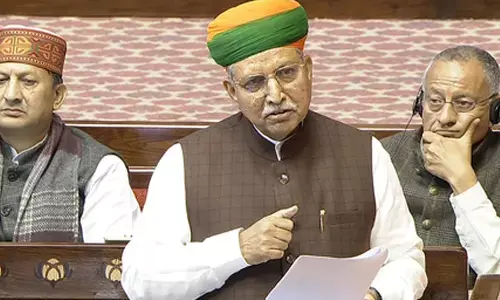Why is Indian education sector slow to adopt technology for examination?

The education system in India is getting tech-savvy with areas like examination, course delivery, prevention of impersonation, to quote a few. For a start, a few of the EdTech companies forayed with education delivery as a testing ground – delivering lectures through online mediums, smart classes, and these created a new realm of opportunities to digitize other streams such as examinations.
The education system in India is getting tech-savvy with areas like examination, course delivery, prevention of impersonation, to quote a few. For a start, a few of the EdTech companies forayed with education delivery as a testing ground – delivering lectures through online mediums, smart classes, and these created a new realm of opportunities to digitize other streams such as examinations.
Digital Evaluations have further tweaked the growth of e-learning to almost over a billion-dollar market now. Most of these universities, institutions and boards usually collaborate with EdTech companies to implement these technologies which not only help them seamlessly migrate from the existing systems, but also have robust systems that are more accurate, speedy, highly secure and devoid of discrepancies.
While there has been a phenomenal growth in adopting technology in education, the pace at which it is growing in India is not very convincing. There are a multitude of reasons why adaptation of technology has not been at a pace that we envisage it to be. Primarily, these are driven by infrastructure challenges to implement a flawless delivery.
Having said that, there are other parameters such as Management support, Interventions from the Government and examination boards to which the institutions are affiliated to. While implementing changes could be rough, there needs to be a positive frame of mind to imbibe the advantages of implementing technology and make necessary changes in the existing systems and methodologies. Besides, many of the institutions may not have budgeted for spends on resources and infrastructure that are automated, thereby impacting a quick adoption for technology.
Traditionally, educational institutions used to operate through Brick & Mortar learning centers across India. These learning centers used to take care of admissions, counseling, collection of admission fees, assist students administratively to submit assignments and projects. The Learning centers also had certified faculties who used to mentor and train students.
However, in a major decision impacting all distance education players in India, the regulatory body of India UGC ordered closure of all learning centers.
Every distance education player was given a timeframe of 6 months to create, present to the regulatory body, seek approval and implement an alternative model sans learning centers. A new model to encapsulate admissions, counseling, payments, etc. were one of the first to be digitalized. However, the real sense of digitalization was achieved by many ways:
•Classroom discussions were replaced by discussion boards with added advantage of documented evidence of the student response with the ability to evaluate each response and then grade them.
•Students could simply complete the assignment and project report online or upload their submission documents. The logistics involved in the old model was completely replaced with digital and online. The approach to comply with UGC’s directive on closing the learning centers and implementing an alternative model: Creating new model in which Admissions, Counseling and Entrance Payments are taken online.
Given the technology advancements, these were easier problems to solve. The bigger problem to solve is to change the mindset of the learner – from classroom, instructor-led to a self-paced and self-motivated online model with virtual assistance from Experts.
With expertise in education sector and strong forte with technology, the focus should be to transform the learning from a brick and mortar to completely digital.
By Gopal Devanahalli (The writer is CEO of MeritTrac Services)











